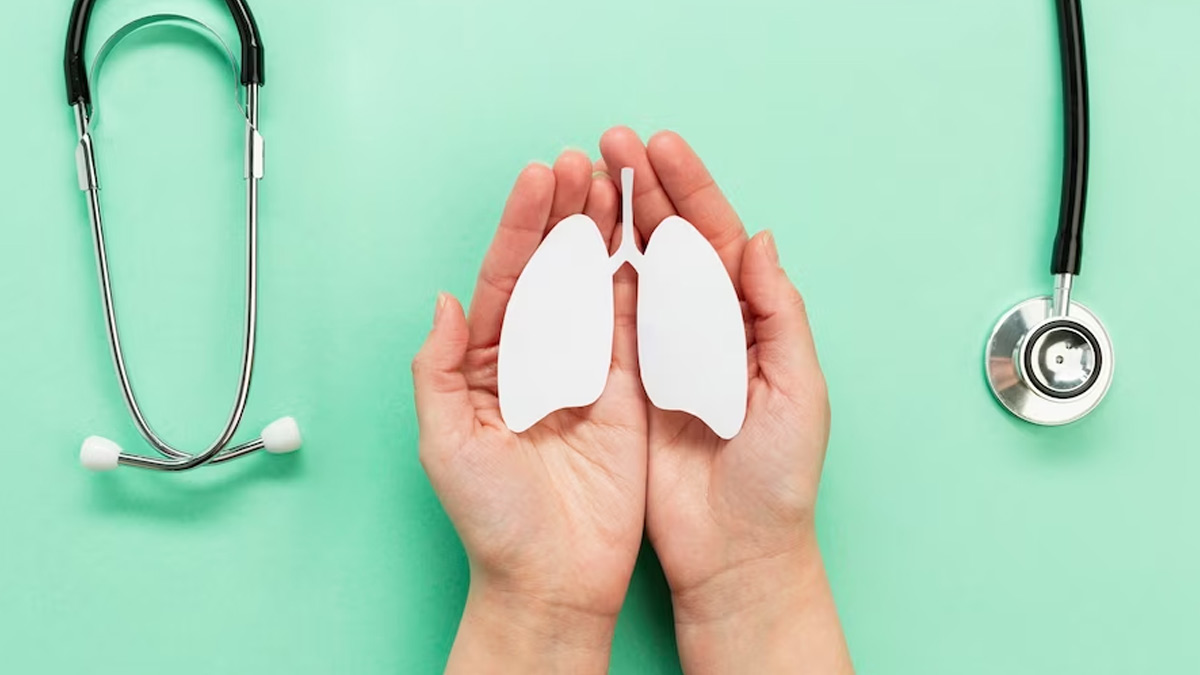
When it comes to our health, our lungs perform an important function that frequently goes overlooked until something goes wrong. Proper lung function is important for respiration and overall health because it ensures that our bodies receive the oxygen they require and expel carbon dioxide. Here are seven methods to tell if your lungs are working properly.
Table of Content:-
According to the World Health Organisation, Chronic Obstructive Pulmonary Disease (COPD) is the world's third biggest cause of death, accounting for approximately 30 lakh deaths in 2019.
Effortless Breathing
“One of the clearest signs of healthy lung function is effortless breathing. You should be able to take deep breaths without any discomfort or shortness of breath during normal activities. If you find yourself struggling to breathe during everyday tasks, it may be time to consult a doctor,” said Dr Sanjay Chaudhary, MBBS, VMMC, New Delhi.
Normal Respiratory Rate
According to Medical News Today, the average adult breathes between 12 to 20 times per minute at rest. If you notice that your breathing rate is consistently faster or slower than this range, it could indicate a problem with lung function. Monitor your breaths per minute and seek medical advice if it's consistently abnormal.

Good Exercise Tolerance
Healthy lungs enable you to participate in physical activities without becoming overly winded or weary. If you can exercise easily and recover fast, it's a good sign that your lungs are working well.
Clear and Productive Cough
Occasional coughing is normal and helps clear irritants from your airways. Also, if your cough is persistent, productive (bringing up mucus), or accompanied by blood, it may signal an issue. Chronic coughs should be evaluated by a doctor .

No Chest Pain or Tightness
Pain or tightness in the chest can be a sign of various lung conditions, including asthma or heart issues. If you experience chest discomfort, especially during breathing, it's crucial to seek medical attention promptly.
Consistent Oxygen Saturation
Oxygen saturation, measured by a pulse oximeter, should typically be above 95%. Lower levels may indicate a problem with lung function or oxygen delivery. Monitoring your oxygen saturation regularly, especially if you have respiratory issues, can provide valuable insights.
Clear Lung Sounds
When a doctor listens to your lungs with a stethoscope, they should hear clear breath sounds. Crackles, wheezing, or decreased breath sounds can be signs of lung problems and may require further evaluation.
It's important to note that many lung conditions, such as asthma, chronic obstructive pulmonary disease (COPD), and even lung cancer, can develop gradually and remain asymptomatic in their early stages.
Regular check-ups with a doctor, especially if you have a family history of lung disease or are a smoker, can help detect any issues early on.
In addition to these seven ways to assess lung function, maintaining a healthy lifestyle can significantly contribute to lung health. Avoiding smoking and exposure to secondhand smoke, practicing good hand hygiene to reduce respiratory infections, and staying physically active can all support healthy lungs.
Our lungs are an incredible part of our body, quietly working to keep us alive every moment of every day. Paying attention to the signs of healthy lung function and seeking medical advice when needed is crucial for maintaining overall well-being. By taking steps to protect and care for our lungs, we can ensure they continue to serve us well throughout our lives.
Also watch this video
Read Next
Do You Experience Sudden Jerks During Sleep? Expert Explains Its Causes And Management Measures
How we keep this article up to date:
We work with experts and keep a close eye on the latest in health and wellness. Whenever there is a new research or helpful information, we update our articles with accurate and useful advice.
Current Version